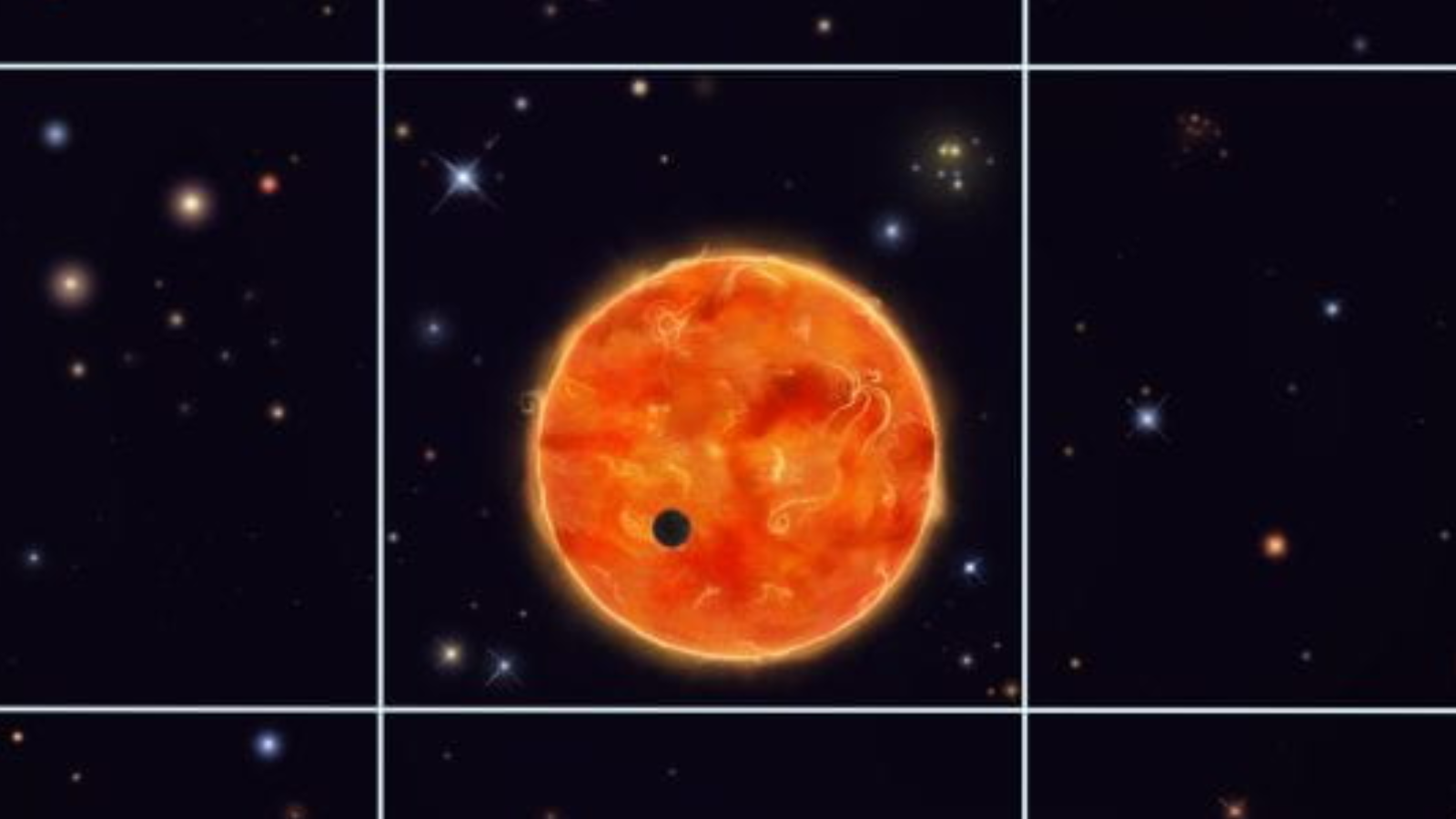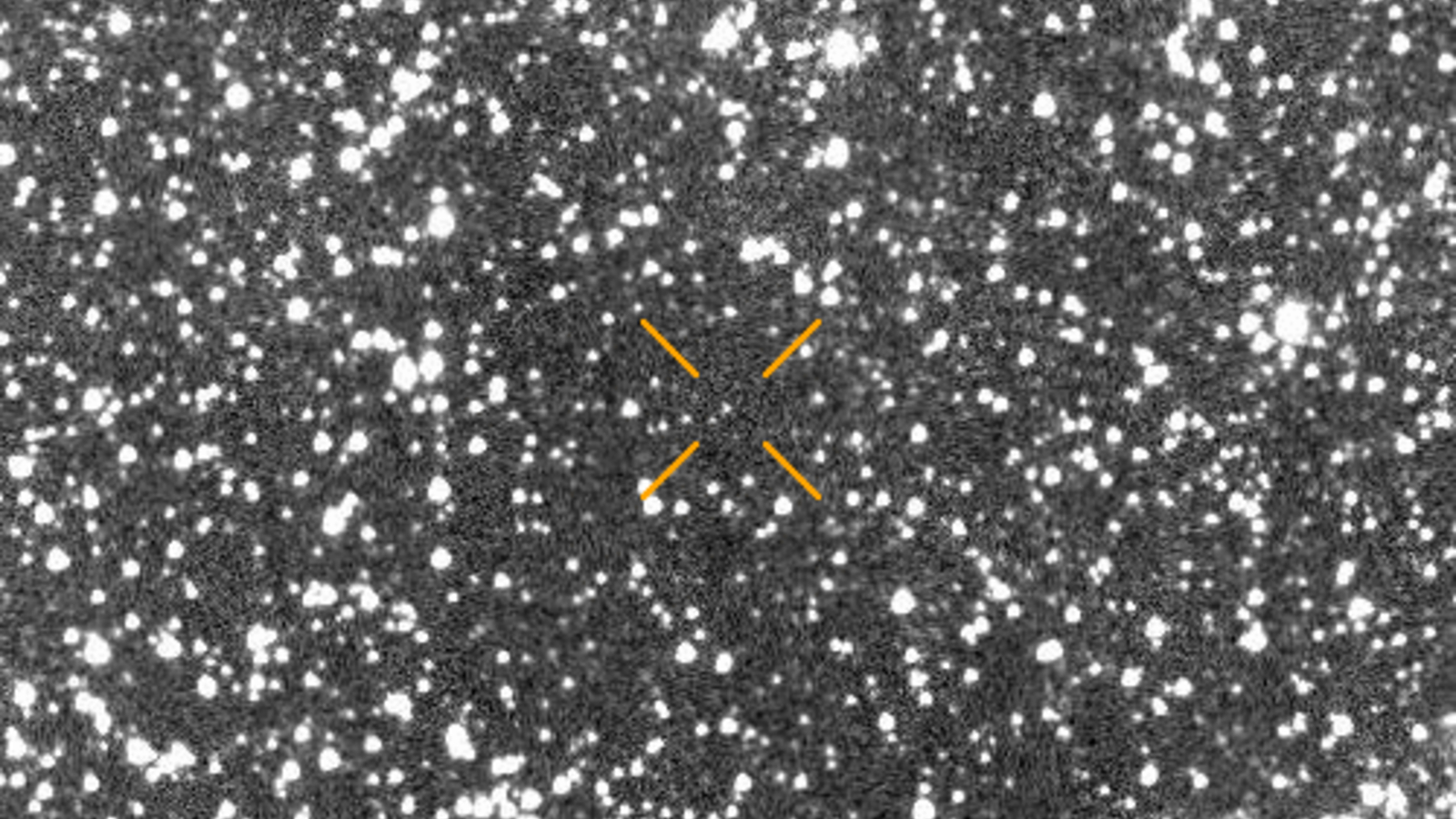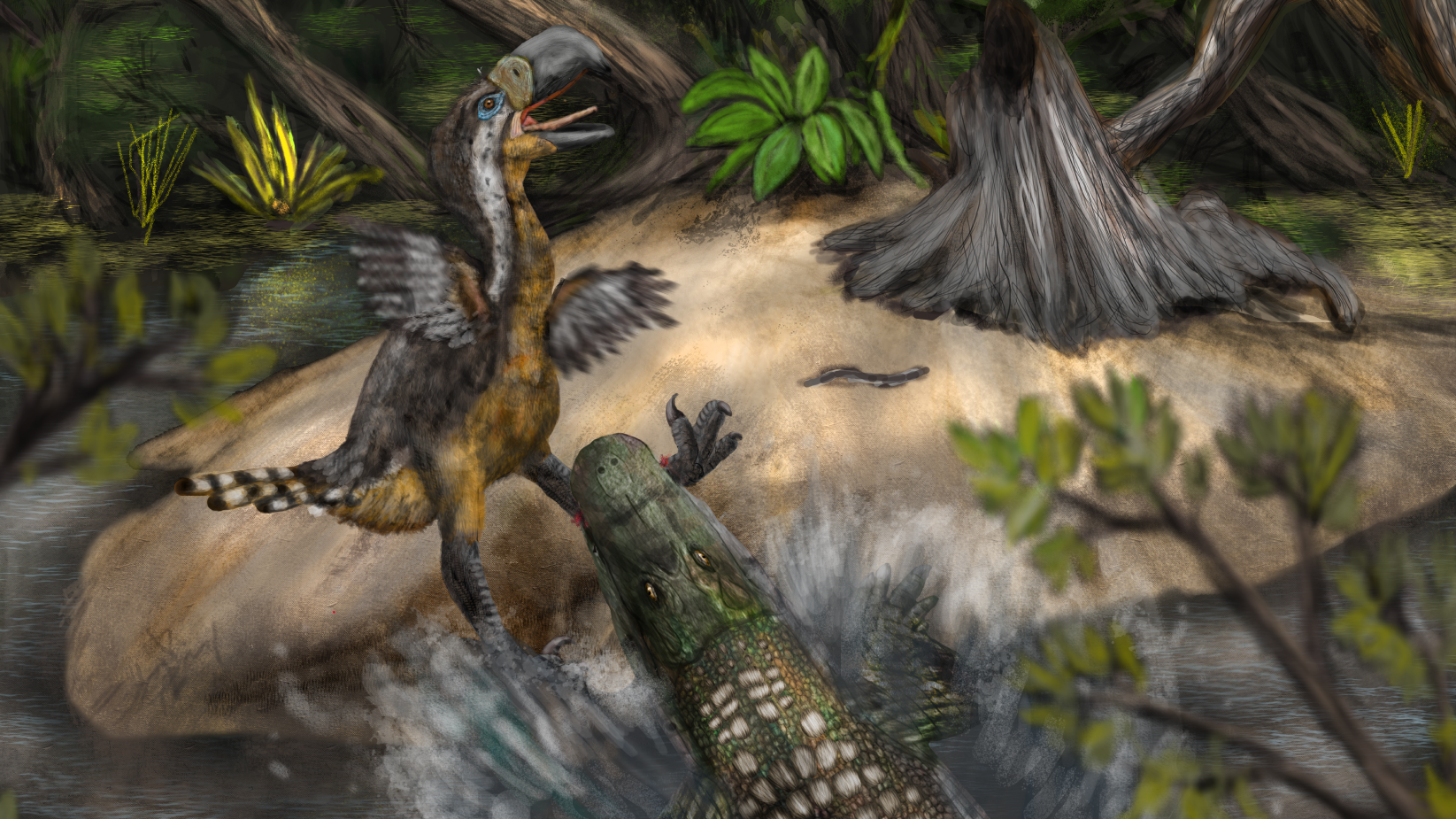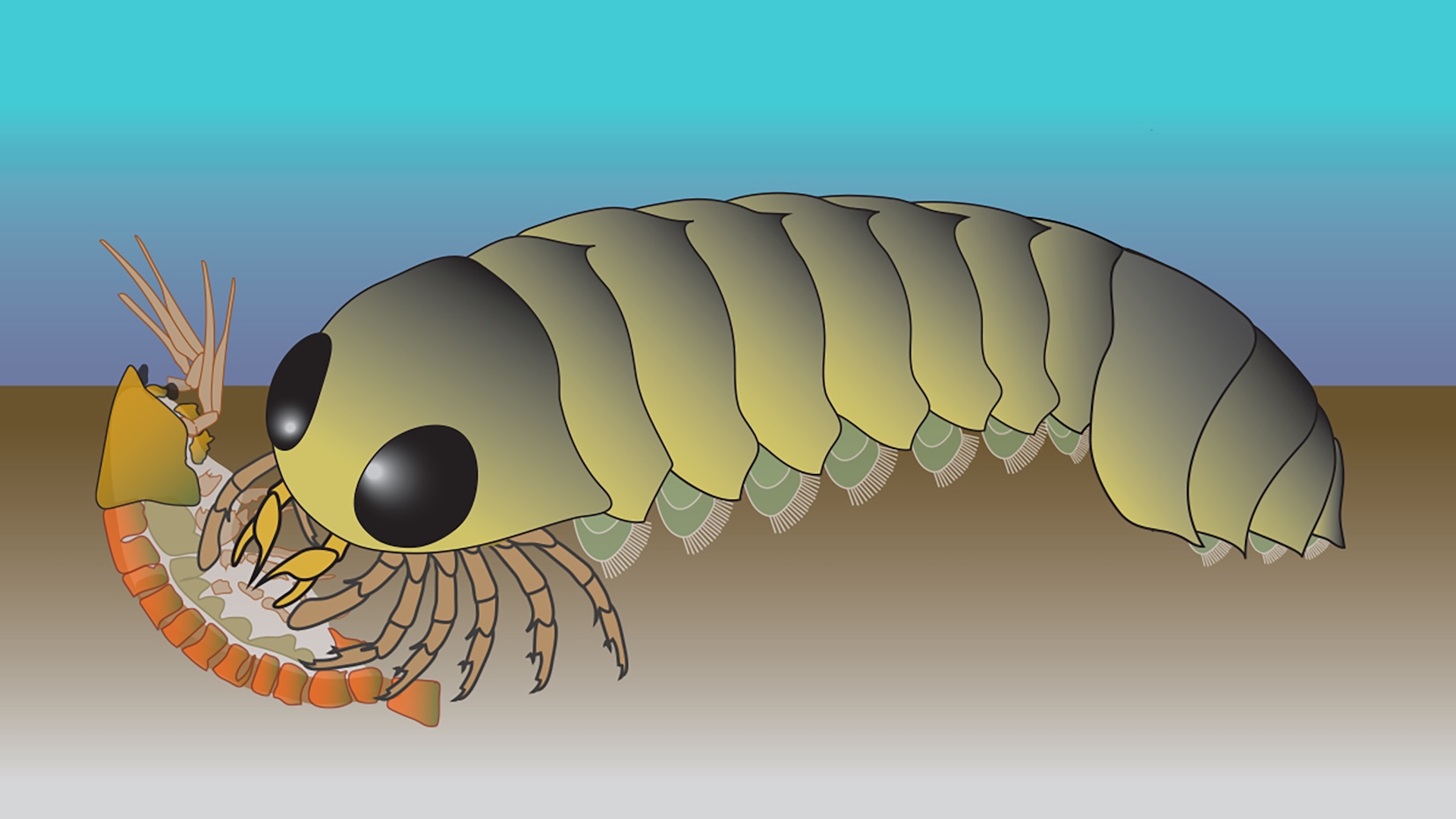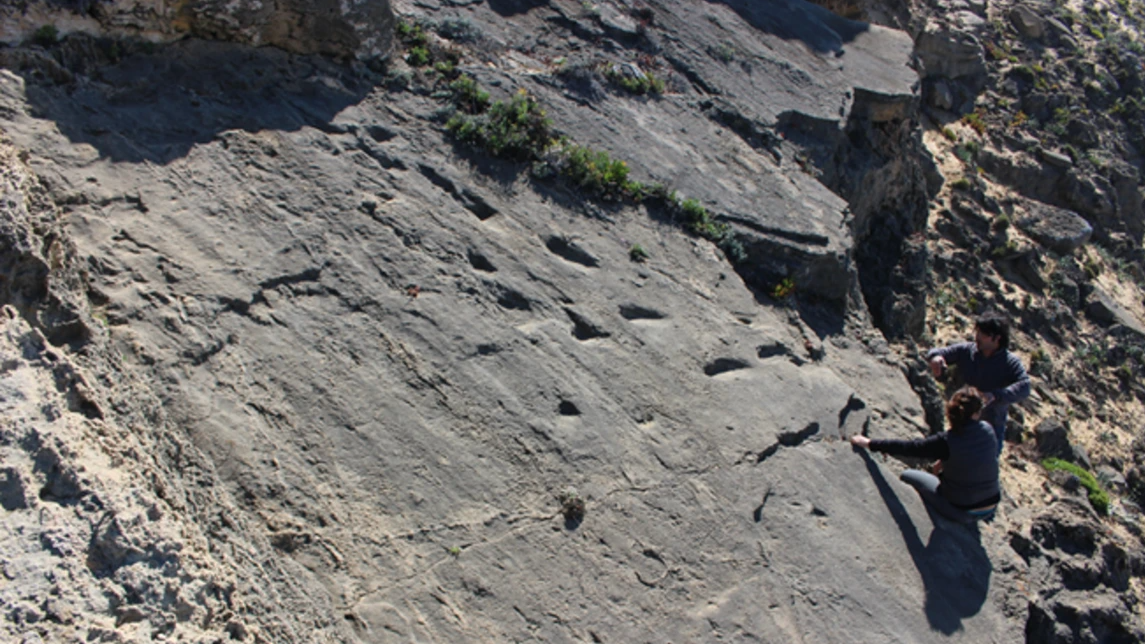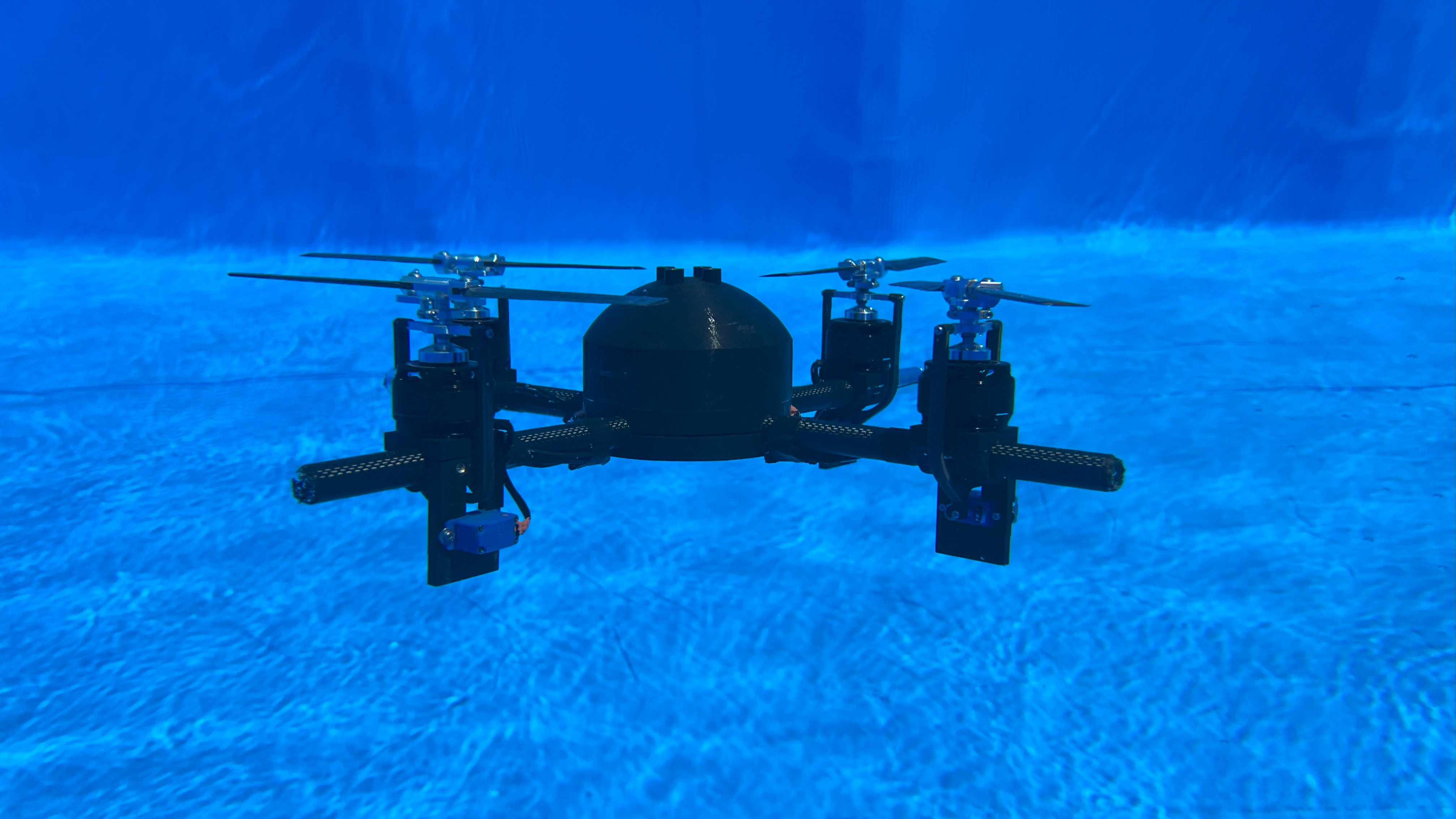The newly discovered interstellar object 3I/ATLAS could be a piece of “possibly hostile” extraterrestrial technology in disguise, according to controversial research from a small group of scientists, including a renowned alien-hunting astronomer.
Their paper, which has not been peer-reviewed, echoes similar claims previously made about ‘Oumuamua, the first-ever cosmic interloper that was discovered in 2017.
But experts have told Live Science that the new claims are “nonsense” and “insulting,” and insist that the available evidence points toward the object being completely natural.
3I/ATLAS was discovered on July 1 barreling toward the sun at more than 130,000 mph (210,000 km/h), and was confirmed to be an interstellar object less than 24 hours later. Initial observations strongly suggest it is a large comet surrounded by a cloud of ice, gas and dust called a coma, stretching up to 15 miles (24 kilometers) across. A computer model simulating where it originated from hinted that it could be up to 3 billion years older than our solar system, potentially making it the oldest comet ever seen.
But in a new paper, uploaded July 16 to the preprint server arXiv, a trio of researchers have questioned whether the comet is actually some form of covert alien tech sent here by an advanced, potentially aggressive extraterrestrial civilization.
The researchers described the new paper as a “pedagogical exercise,” or thought experiment, and offer no clear evidence of alien involvement. Instead, they point at the comet’s “anomalous characteristics” and provide alternative theories to explain them.
Related: Interstellar comet 3I/ATLAS transforms into a giant ‘cosmic rainbow’ in trippy new telescope image
The study’s most notable author is Avi Loeb, an astronomer at Harvard University who is renowned for linking extraterrestrial objects to intelligent aliens. He is the head of the Galileo Project, which is attempting to detect evidence of technosignatures and UFOs. In 2023, he led a controversial expedition that claimed to have collected pieces of possible alien tech left behind by an unconfirmed interstellar meteorite in the Pacific Ocean. (These claims have since been largely debunked by outside researchers).
Loeb was also the primary researcher who claimed that the unusual shape and non-gravitational acceleration of the interstellar object ‘Oumuamua were signs that it was an alien probe.
Today, the general consensus is that ‘Oumuamua was an asteroid that was leaking gas into space, similar to a comet. However, Loeb and his colleagues have continued to advocate its potential alien origin and have proposed missions to track down the wandering space rock.
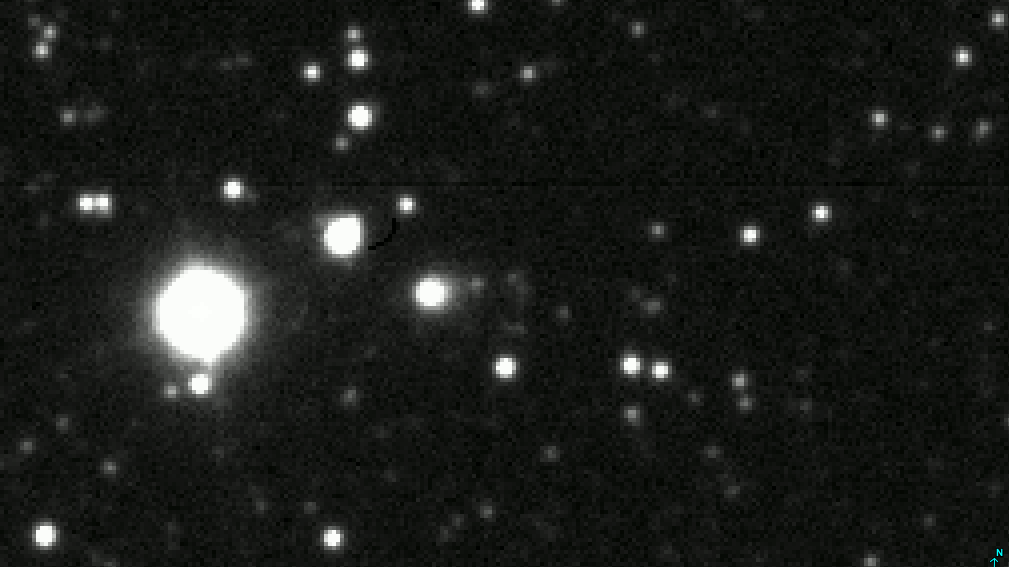
Loeb’s co-authors for the new study are both associated with the Initiative for Interstellar Studies (i4is), a U.K. institute dedicated to planning future missions to alien star systems.
In a blog post explaining the new paper, Loeb wrote that if 3I/ATLAS is a “technological artifact” it could be evidence of the dark forest hypothesis, which argues that the reason we have not found evidence of extraterrestrial life is that they are staying silent to remain invisible to potential predators or prey.
“The consequences, should the hypothesis turn out to be correct, could potentially be dire for humanity, and would possibly require defensive measures to be undertaken,” he wrote.
Alien ‘evidence’
Most of the points laid out in the new paper relate to the unusual trajectory of 3I/ATLAS. The object is moving significantly faster than the only other known interstellar objects — ‘Oumuamua and Comet Borisov, which was spotted in 2019 — and has entered the solar system at a different angle from its predecessors, approaching the sun side-on relative to our star’s orbit through the Milky Way.
Loeb wrote that the object’s trajectory “offers various benefits to an extraterrestrial intelligence” that may be using it to subtly spy on Earth. One such benefit is that 3I/ATLAS will make relatively close approaches to three planets: Jupiter, Mars and Venus. And the minimum distances between the object and these worlds could enable aliens to discretely deploy “gadgets” there, Loeb wrote.
3I/ATLAS will also be hidden on the opposite side of the sun to Earth when it reaches its closest point to our home star in late October. “This could be intentional to avoid detailed observations from Earth-based telescopes when the object is brightest or when gadgets are sent to Earth from that hidden vantage point,” Loeb wrote.
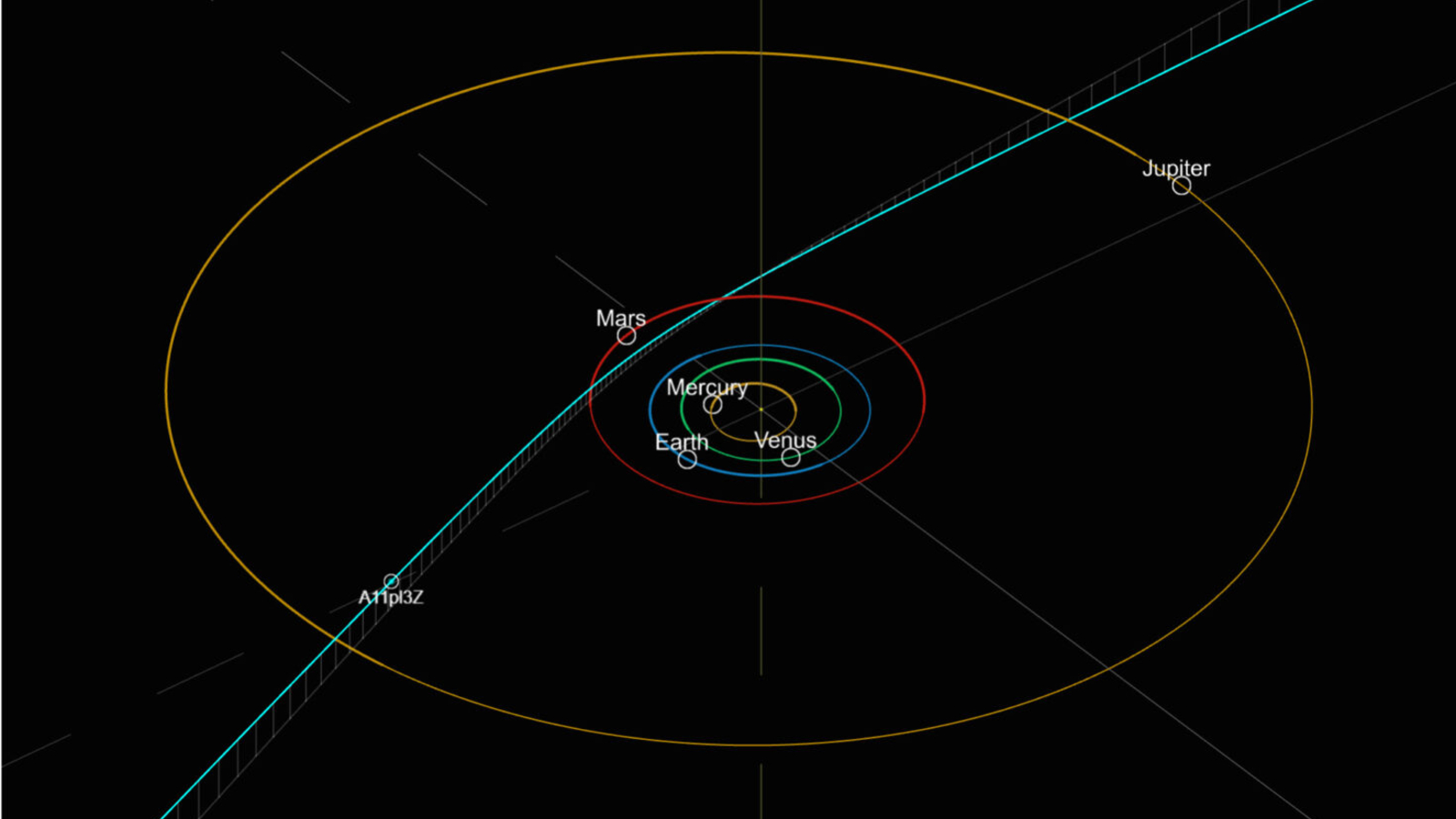
The unusually high speed of 3I/ATLAS also makes it very hard to launch a spacecraft to intercept it before it exits the solar system, which could be another potential sign of clandestine alien activity, the researchers argued.
Based on its current speed, Loeb also noted that 3I/ATLAS would have entered the outer boundaries of the solar system around 8,000 years ago, which is “roughly when human-made technologies became advanced enough to start documenting history on Earth.” Although, it is unclear what he is trying to imply by saying this.
The researchers also argued that there is insufficient evidence to show conclusively that 3I/ATLAS is a comet, especially as researchers are yet to identify any “volatiles,” or specific chemicals associated with comets, within its coma.
Controversial claims
Since 3I/ATLAS was discovered, researchers have been trying to identify it, and so far, the overwhelming consensus is that it is a comet.
“There have been numerous telescopic observations of 3I/ATLAS demonstrating that it’s displaying classical signatures of cometary activity,” Darryl Seligman, an astronomer at Michigan State University who led the first study quantifying 3I/ATLAS, told Live Science in an email.
“All evidence points to this being an ordinary comet that was ejected from another solar system, just as countless billions of comets have been ejected from our own solar system,” added Samantha Lawler, an astronomer at the University of Regina in Canada who specializes in solar system dynamics.
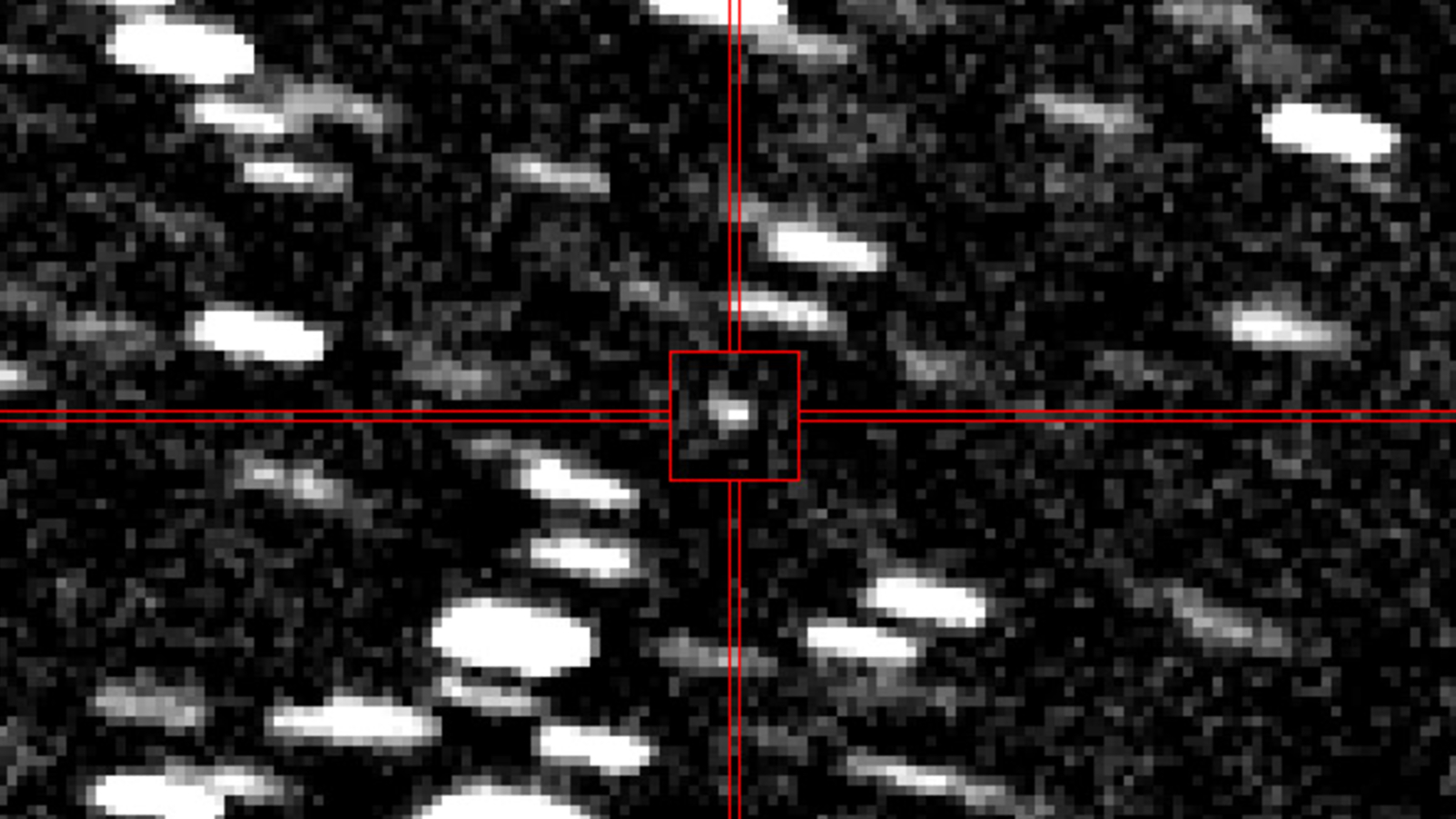
Any assumptions about the object’s lack of volatiles is also premature at this time. “The object is still pretty far away from the sun, so no, we wouldn’t typically expect to find direct evidence of volatiles necessarily,” Seligman said. Instead, these compounds will likely become apparent in the coming weeks and months, he added.
Loeb admits that the alien technology scenario is a long shot: “By far, the most likely outcome will be that 3I/ATLAS is a completely natural interstellar object, probably a comet,” he wrote in the blog post.
Given the available evidence, many of the researchers who spoke to Live Science are disappointed with the new paper and pointed out that it distracts from the work of other scientists.
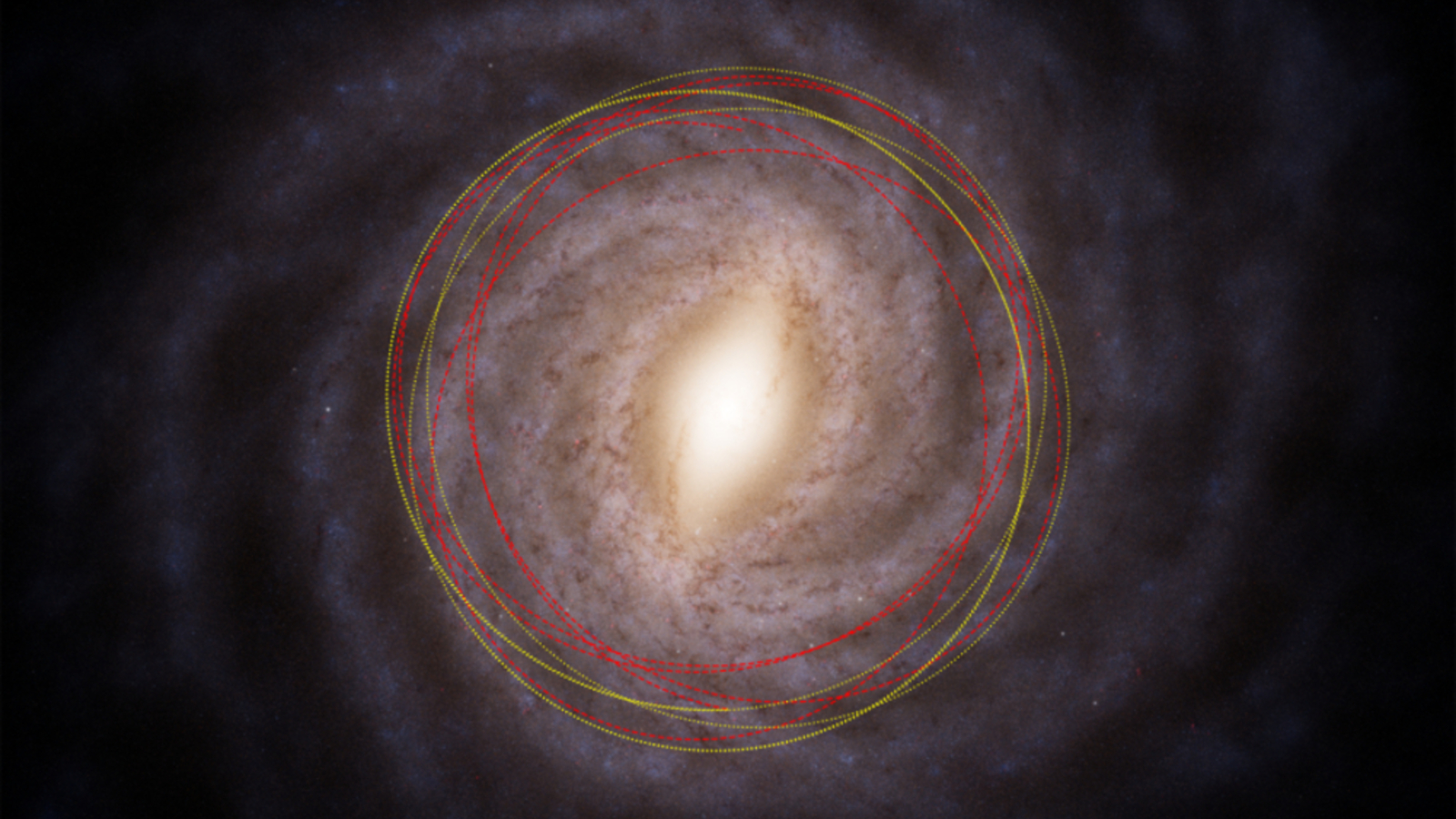
“Astronomers all around the world have been thrilled at the arrival of 3I/ATLAS, collaborating to use advanced telescopes to learn about this visitor,” Chris Lintott, an astronomer at the University of Oxford who was part of the team that simulated 3I/ATLAS’s galactic origins, told Live Science in an email. “Any suggestion that it’s artificial is nonsense on stilts, and is an insult to the exciting work going on to understand this object.”
Loeb is no stranger to this type of criticism and has defended his position, writing that “the hypothesis is an interesting exercise in its own right, and is fun to explore, irrespective of its likely validity.”
However, while it is important to remain open-minded about any “testable prediction,” the new paper pushes this sentiment to the limit, Lawler told Live Science in an email. “In my experience, the vast majority of scientists subscribe to the idea that extraordinary claims require extraordinary evidence, and the evidence presented is absolutely not extraordinary.”


